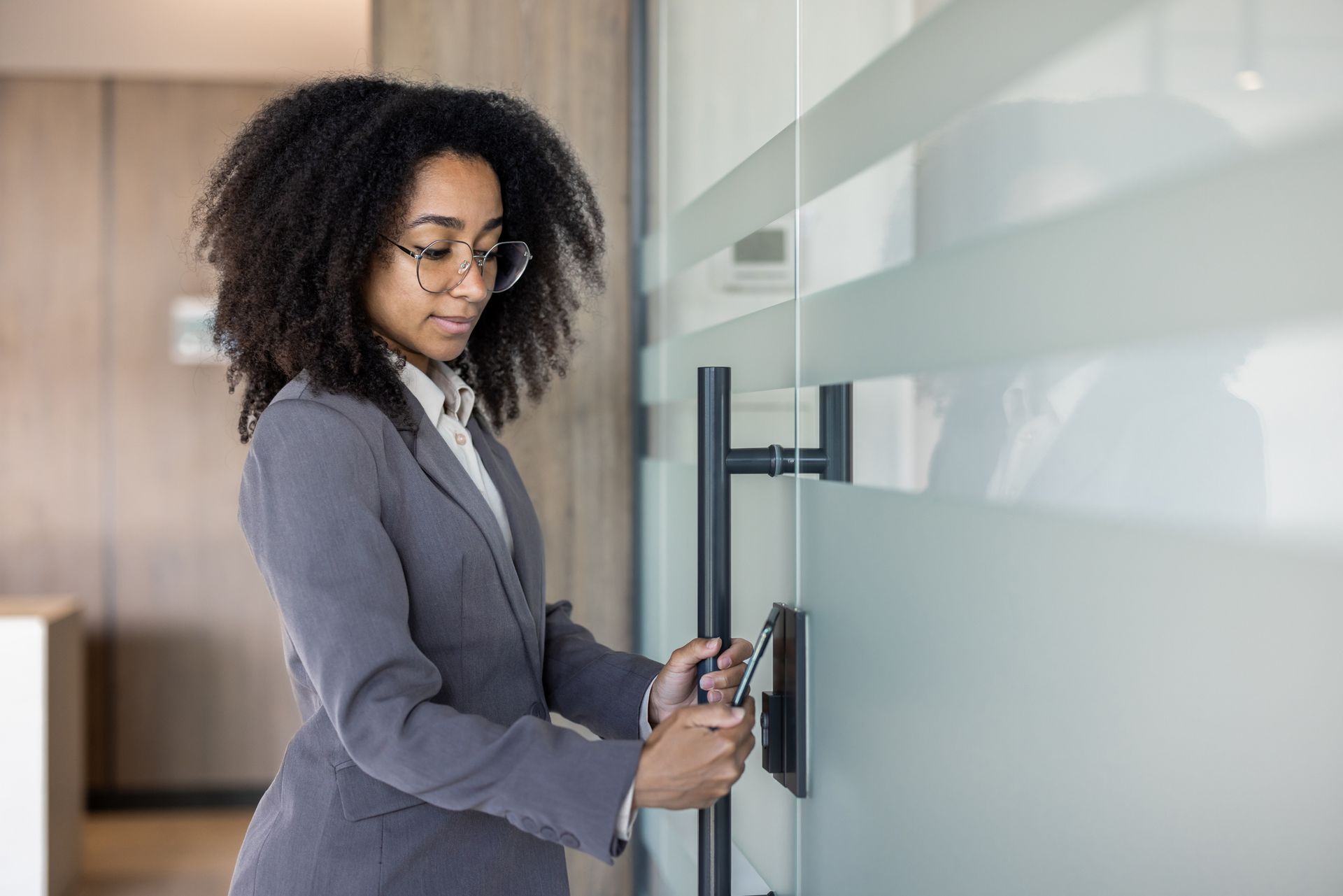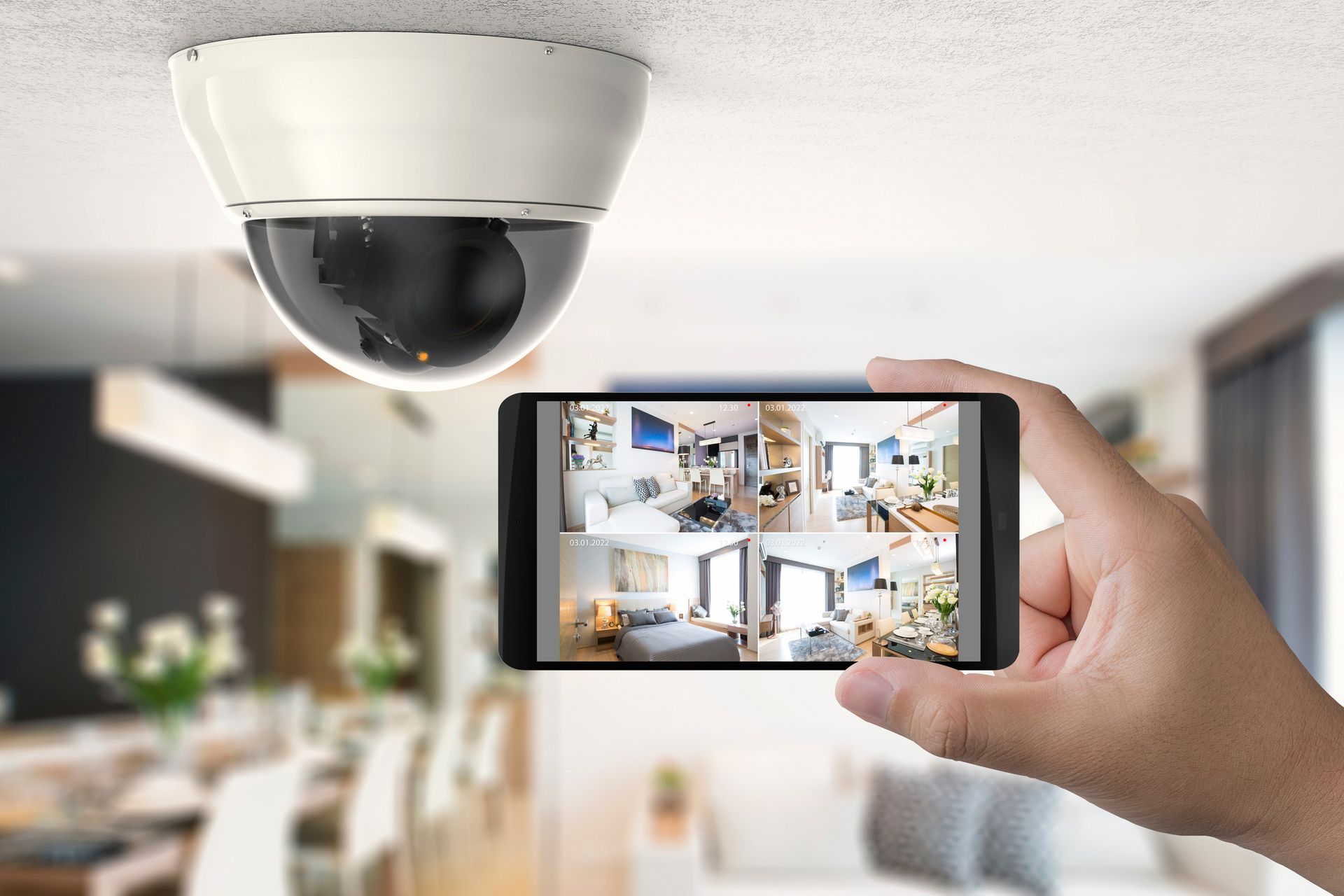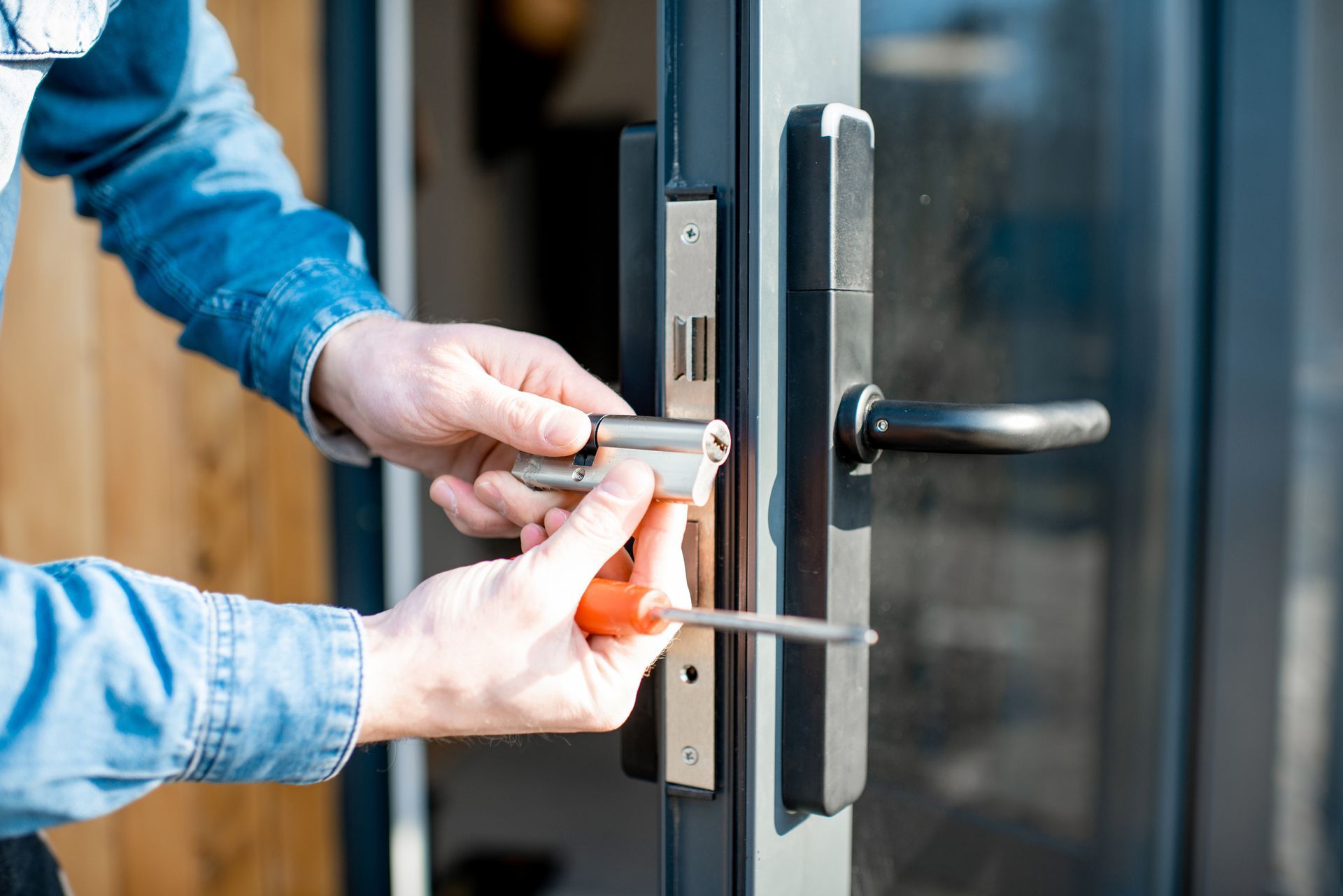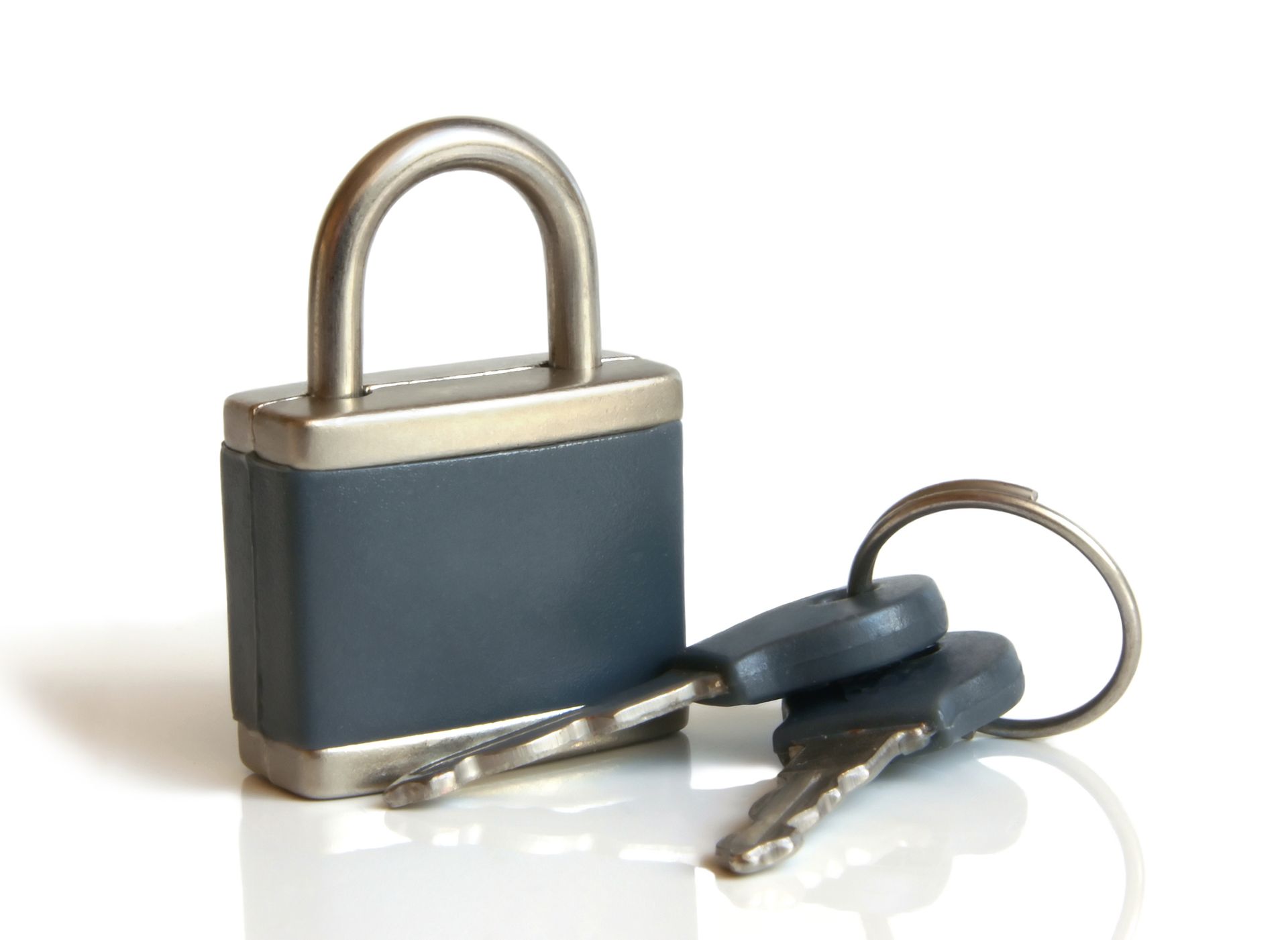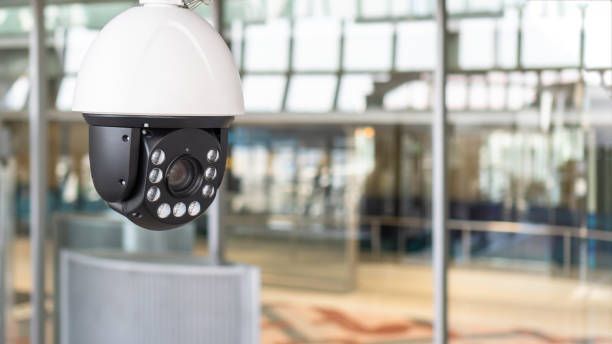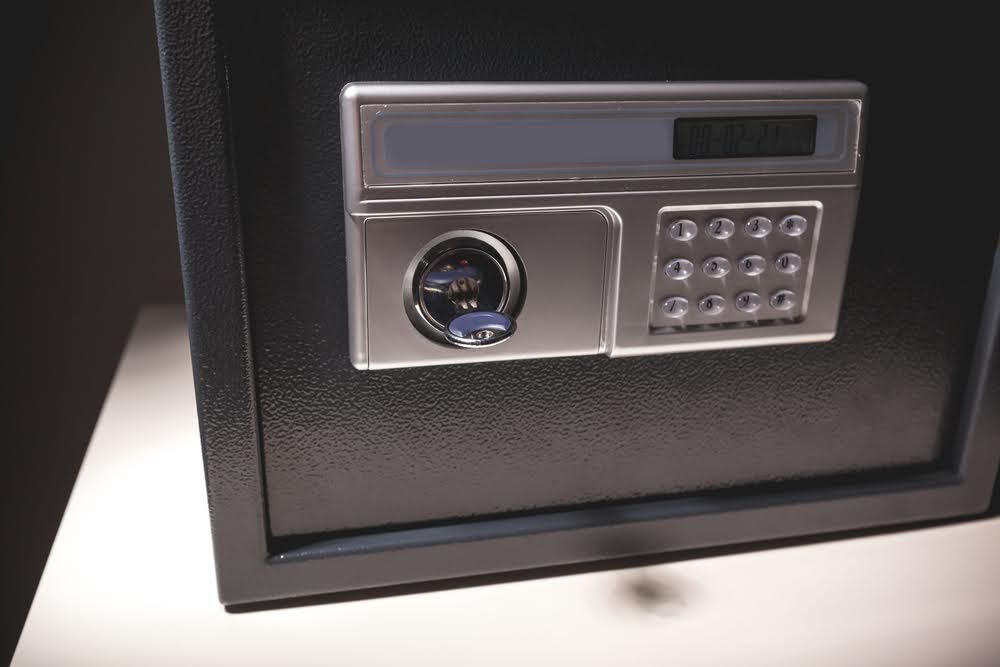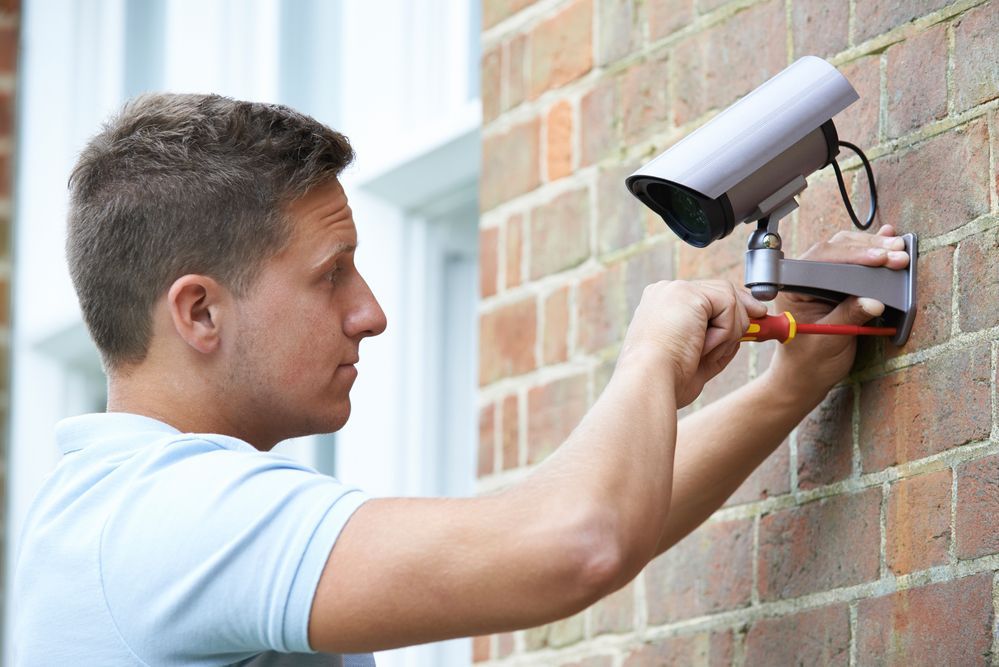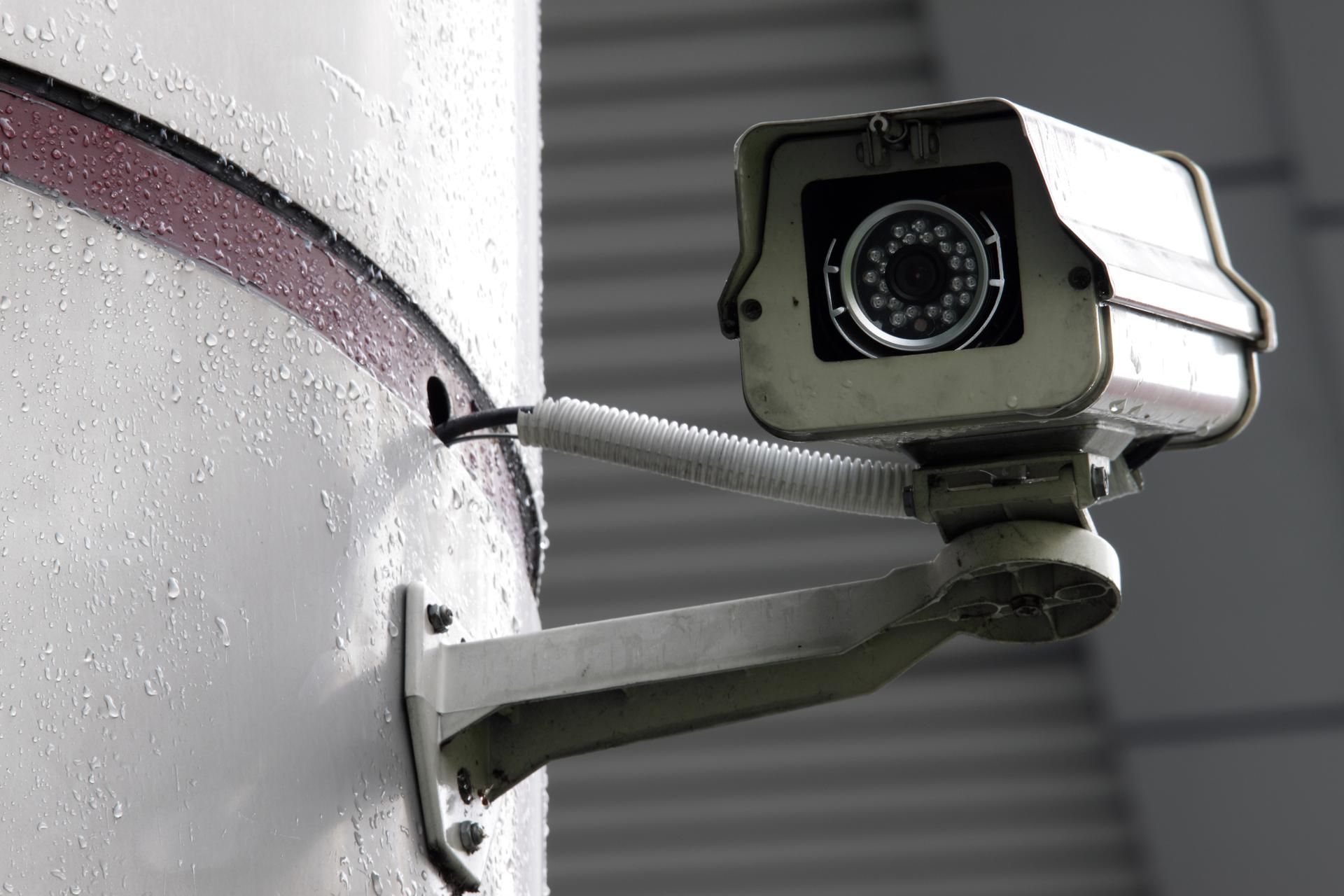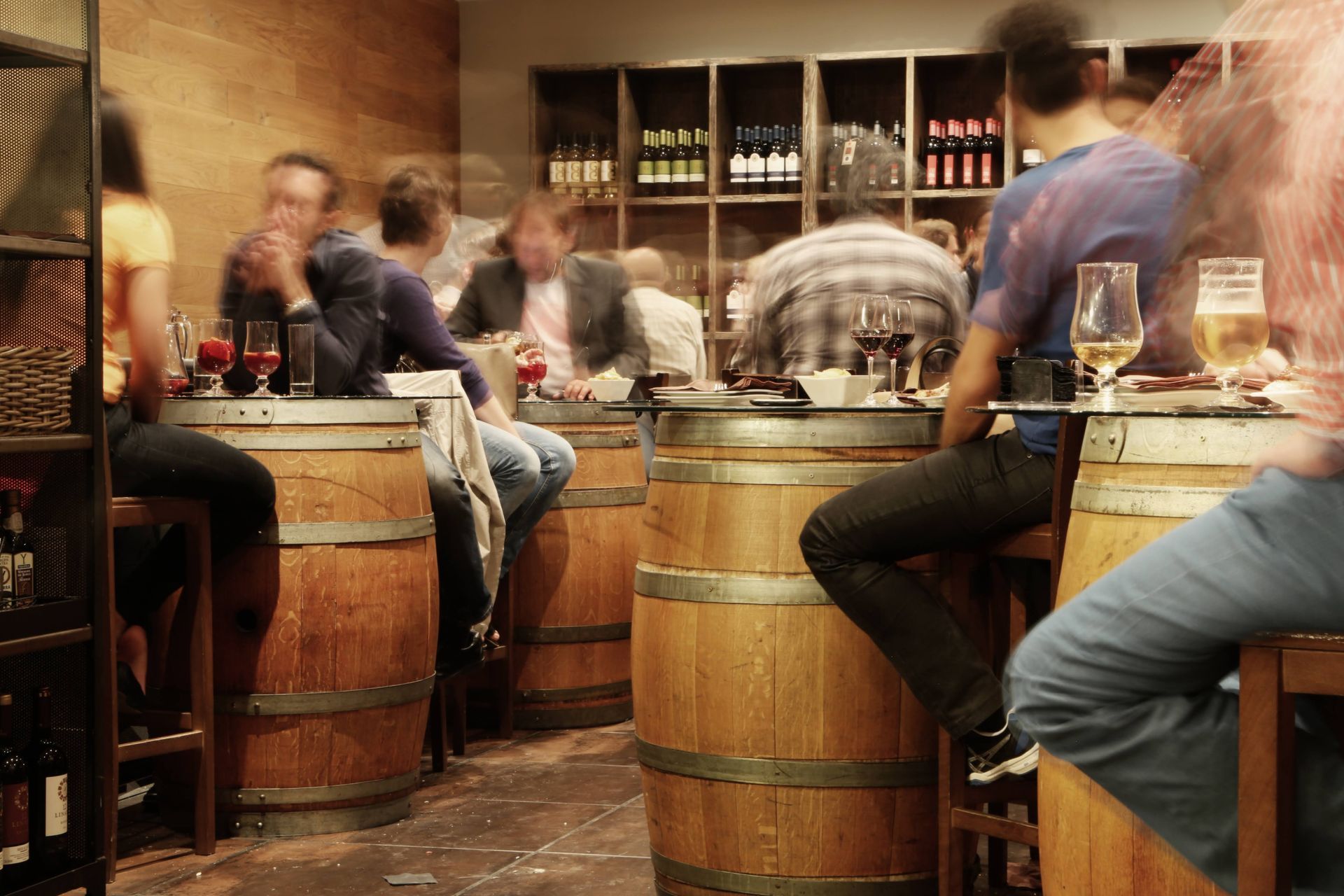Tips for First-Time Safe Buyers | Dixie Safe & Lock Service Inc.
Admin • March 6, 2018
Choosing the Right Lock
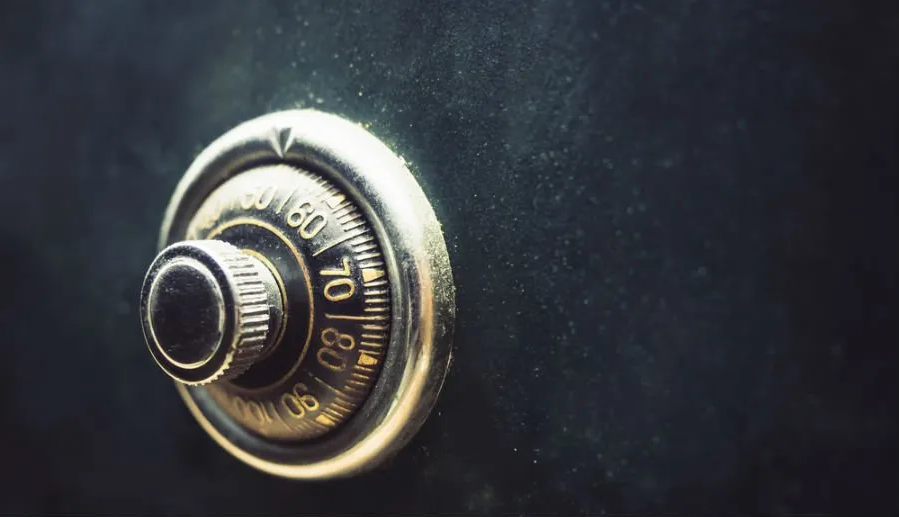
Most homeowners have a variety of items they need to protect, including jewelry, firearms, sensitive documents and personal memorabilia. Owning a safe is the best way to protect these valuables from burglary and damage. However, safes differ in many ways, like size, cost and functionality. Plus, there are additional steps to take once the safe is in place to ensure you get the most out of it. If you’re interested in purchasing a safe, here are some tips to help you navigate the safe-buying process so you can best protect your most valued possessions.
Choosing the Right Safe
There’s a lot that goes into choosing the right safe, including size and functionality. An easy way to determine what size you need is to stack your valuables together and measure them. It’s recommended you get a larger size than what you currently need because you may need to add items someday. Don’t forget to consider where you will be putting the safe as well. Measure the height, width and depth of the area so you aren’t bringing home something too large.
Safes come in three categories: wall safes, floor safes and stand-alone safes. Knowing where you want to store your safe, how large the items you plan on storing in it are and which level of security and type you’ll need is a great place to start.
Choosing the Right Lock
Safes come with either a manual dial or an electronic lock. People often ask which is more reliable, but the answer is both styles can be extremely effective if you’ve purchased a quality safe – though they do have their pros and cons. Electronic locks are faster but they may need battery changes and may be vulnerable to power loss or electrical malfunction. Manual locks don’t rely on electricity, but take longer to open and may be vulnerable to lock picking. Redundant locks, which combine electronic and manual mechanisms, may be the best way to go.
Consider Adding a Dehumidifier
The Houston area is notorious for its humid climate. Most safe owners in the area keep a dehumidifier inside of their safe to keep moisture levels low, as excessive moisture levels can compromise the integrity of the safe and cause irreparable damage to objects like jewelry and firearms.
Having an idea of what you’re protecting and what size safe you need will help determine what kind of dehumidifier is right for you. Most safe owners protecting firearms opt for an electronic dehumidifier, while others without metallic items in their safe might want to opt for a desiccant dehumidifier.
Will You Need an Anchor?
Anchoring your safe is an easy way to add an extra measure of protection to your safe and the valuables inside. Anchoring a safe simply means bolting it to concrete, so in the event a burglar cannot open your safe, they won’t be able move it to another location. Most safes come with anchor holes, and a trusted safe and security company can anchor it properly.
Location Matters
Safe placement is almost as important as what kind of safe you purchase. It’s recommended you place your safe in a location not easily found by others, but still easy for you to get to. Master bedrooms can be a solid choice, but keep in mind it’s likely the first place a thief will look. Basements and garages might be a better option in some cases.
Smaller safes can be installed inside of a wall or in the floor. This conceals three-fourths of the safe walls leaving only the safe door visible, which can be easily hidden with a rug or another movable object. Just be aware it can be more difficult to anchor a safe that’s in the wall.
General Tips About Fire and Burglary Ratings
Most safes are designed to protect against theft, fire or both. Each safe’s fire or burglary ratings determine their efficiency. If you’re looking to primarily protect paper documents, a safe with a high fire rating should be a priority. For example, a UL Class 350 One Hour fire rating means it can keep its contents below 350 degrees for up to one hour, which is ideal for protecting paper.
Protection ratings determine how well a safe will hold up against a thief trying to get inside using blunt force. The ratings vary quite a bit, but in general, B and C ratings are more common, while ratings such as UL RSC and UL TL-15 offer maximum protection.
Contact Security Professionals for Additional Security Assistance
Owning a safe is a smart and easy way protect your most valuable possessions. But purchasing the right safe can be somewhat complex, especially if you have questions about where to put your safe and how to install it. For trusted assistance picking out the right safe and worry-free installation results, you’ll want to work with trusted security professionals, such as Dixie Safe & Lock Service Inc. We’ve been offering professional security solutions to the Houston area for decades. For a fast quote, contact Dixie Safe & Lock Service Inc. by calling (713) 643-5767
or visiting us online
today!


